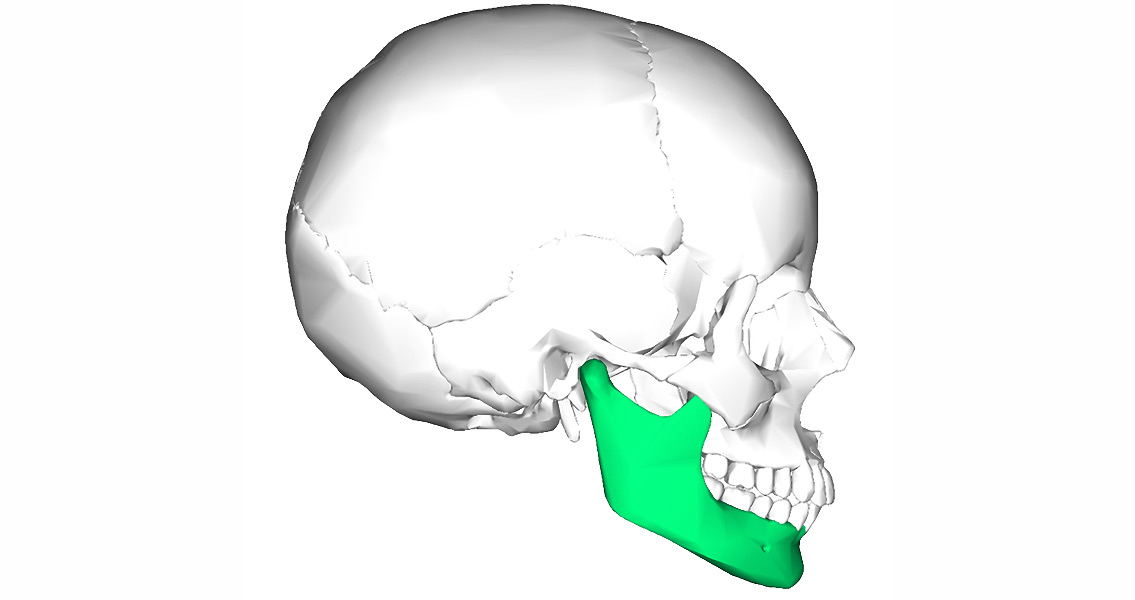<![CDATA[Farming came into existence around 10, 000 B.C.E. as hunter-gatherers began to form pre-civilized settlements. However, new research shows that physical changes to the human jaw also developed as agriculture grew. A team of researchers from University College in Dublin - working in conjunction with both the Israel Antiquity Authority and the State University of New York in Buffalo - has analyzed 292 skeletons ranging from 28,000 to 6,000 years old. The skeletons are from the Levant (a region in Southwest Asia between the Mediterranean Sea and Mesopotamia), Anatolia (or Modern-day Turkey) and Europe. The team discovered that the lower human mandible changed over the time frame as our ancestors transitioned from a nomadic existence to a state of reliance on agriculture. One of the researchers, Ron Pinhasi of University College, Dublin stated: ÒOur analysis shows that the lower jaws of the worldÕs earliest farmers in the Levant are not simply smaller versions of those of the predecessor hunter-gatherers, but that the lower jaw underwent a complex series of shape changes commensurate with the transition to agriculture.Ó The researchers found that as time progressed, the skeltonsÕ jawbones shrank, but their tooth size was unaffected. This, the team argues, could possibly be the precursor to the modern day dilemma of dental overcrowding. According to Pinhasi, hunter-gatherer populations had an Òalmost perfect state of equilibriumÓ between their jawbones and dental distances, resulting in straight teeth and what he called dental Òharmony.Ó However, the jaw and tooth alignment of the semi-sedentary hunter-gatherers and also that of the stationary farmers was disrupted, likely as a cause of the gradual shift in human diet. The hunter-gatherersÕ diets consisted of wild, uncooked vegetables and meats, thus requiring a larger, stronger lower mandible. But as time progressed and humans began to settle into fixed communities, their diet shifted toward cooked cereals, soups, beans, peas and other legumes. Softer foods require less chewing, which in turn lessens the size of the jaw. Teeth size is unaffected by dietary changes, because teeth are still necessary in liquefying food so that it can be more easily broken down in the stomach and the nutrients absorbed. This, the researchers argue, is the process that occurred over several millennia and today results in dental crowding. Without this change in diet, modern day braces, retainers and spacers would be nonexistent. Therefore, dentists and orthodontists have agriculture and the human diet to thank for the majority of their work. This study was published on February 4th in the journal Plos One. More work will be done and research will continue in this field so as to narrow down the precise dietary changes that directly altered the human jawbone, and if any modern day humans possess the genetic structures capable of overcoming the challenge of dental crowding. Wikimedia Commons User:Was a Bee]]>
Invention of Farming Led to Changes In Human Mandible
